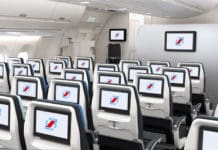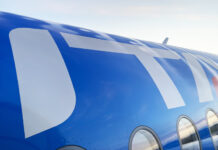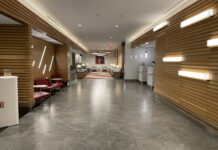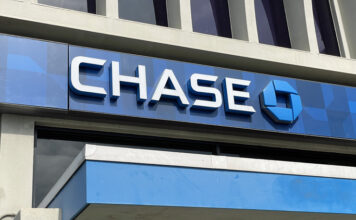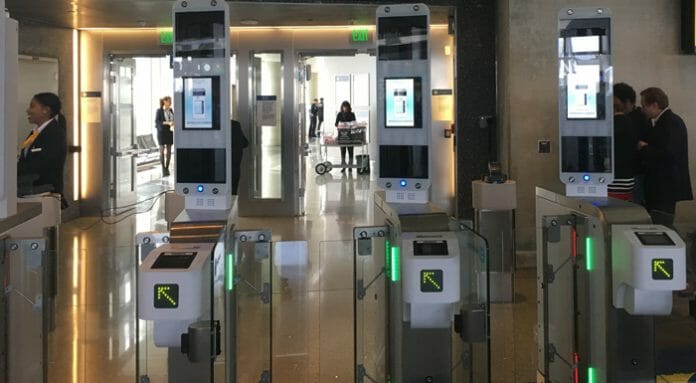
TravelingForMiles.com may receive commission from card issuers. Some or all of the card offers that appear on TravelingForMiles.com are from advertisers and may impact how and where card products appear on the site. TravelingForMiles.com does not include all card companies or all available card offers.
Other links to products and travel providers on this website will earn Traveling For Miles a commission that helps contribute to the running of the site. Opinions, reviews, analyses & recommendations are the author’s alone and have not been reviewed, endorsed, or approved by any of these entities. Terms apply to all credit card welcome offers, earning rates and benefits and some credit card benefits will require enrollment. For more details please see the disclosures found at the bottom of every page.
Around two weeks ago British Airways announced that its biometric gate trials have gone so well in Los Angeles that it has rolled them out to Orlando and New York as well…and now Lufthansa is joining in at Los Angeles International Airport too.
Here’s the main part of Lufthansa’s announcement:
Lufthansa Group, as part of its ongoing efforts to digitalize the travel world, has launched hasslefree, one-step biometric boarding utilizing facial recognition. This innovative pilot, enabled through a collaboration with Lufthansa Group’s longstanding IT partner, Amadeus, as well as U.S. Customs and Border Protection (CBP), Los Angeles World Airports Authority (LAWA), and Vision Box, is now available at Los Angeles International Airport (LAX). During initial trials, Lufthansa received very positive feedback from guests and boarded approximately 350 passengers onto an A380 in about 20 minutes.
The first thing to note is that I’m not sure just how “innovative” this pilot has really been considering BA has been doing this at LAX for a while and Delta has been testing biometric boarding at various airports in the US too…..but I’ll let that go 🙂
The second thing to note is that I’m still not sold on the idea that biometric gates will significantly speed up boarding.
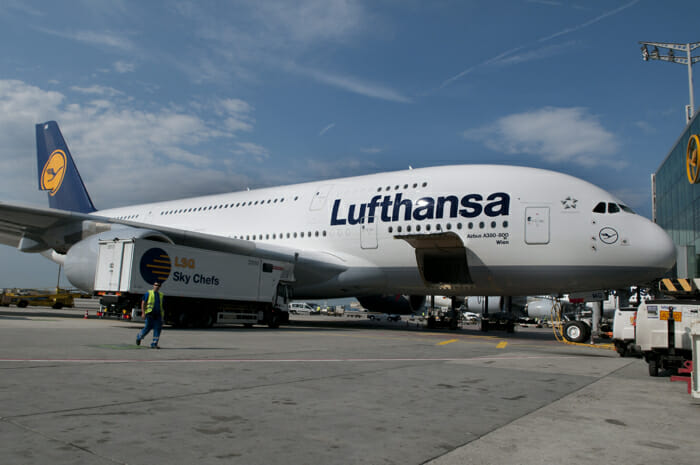
What Are Biometric Gates?
Biometric gates are being introduced (or at least trialed) in a number of cities all around the world as airlines try to do whatever they can to reduce boarding times – the less time an aircraft is on the ground the less money it costs the airline.
Biometric gates mainly rely on two things – the information the computers linked up to them have been given and facial recognition software.
Upon entering the United States passengers get their passport scanned, have their fingerprints taken (digitally) and have their picture taken as they pass through immigration. These things form some of the key components that help the biometric gates work.
The information collected from passengers as they enter the US together with all the other information the authorities already hold on passengers is used by the facial recognition software built into the biometric gates to “recognize” a passenger when he/she steps up to the gate.
Based on the information on file, and after having scanned the passenger’s face, the biometric gate will then either open the gate to let the passenger board the plane or will attract the attention of a gate agent to alert them to a possible issue.
The software being employed in the biometric gates works in a very similar way to how facial recognition software works on smartphones…except that the data it’s able to access is considerably more powerful.
Ultimately the whole point of these gates is to allow passengers to board an aircraft without the need for a gate agent to check each and every passenger’s passport and boarding pass.
Unlike the eGates that passengers use at airports such as London Heathrow, these biometric gates do not require a passenger to present any documents whatsoever – they just look into the camera and wait to be allowed through (hopefully!)
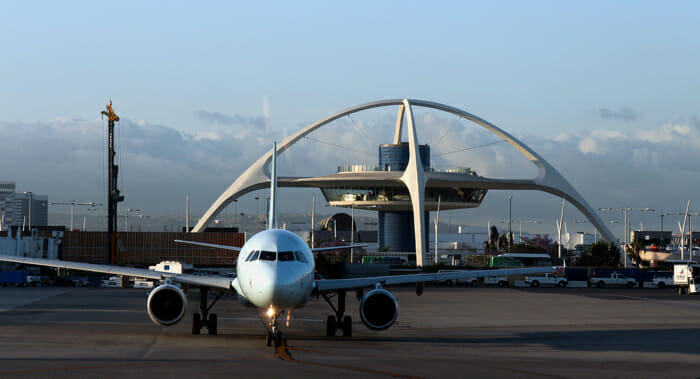
Thoughts
British Airways said that the biometric gates allowed its staff to board almost 240 passengers in approximately 10 minutes and Lufthansa has now said that it can use the gates to board an A380 (509 passengers) in approximately 20 minutes….so both airlines are in the same ballpark when it comes to the speed they claim they can get passengers to board.
But I’m still skeptical.
As I said when I wrote about the British Airways announcement, there are elements to boarding that can’t be speeded up by biometric gates (late passengers, incompetent passengers, passengers who can’t find their seats, passengers clogging up the aisles, etc…) so I’m not convinced that we’ll see boarding speeded up by all that much.
I’m sure the gates can process a lot more people per minute than gate agents (no argument there) but this could just lead to long lines on jet bridges and in the area just past the gates as the new technology proves too efficient for the real weak link in the boarding process – passengers.

